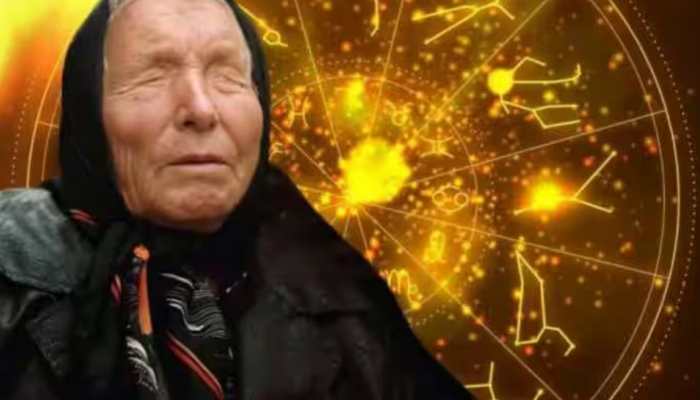Nobel Prize in Physics 2018 awarded to Arthur Ashkin, Gerard Mourou and Donna Strickland for inventions in laser physics
The award has been given for groundbreaking inventions in the field of laser physics.
Trending Photos
)
The Royal Swedish Academy of Sciences has given one half of this year's Nobel Prize in Physics to Arthur Ashkin and the other half jointly to Gerard Mourou and Donna Strickland. The award has been given for groundbreaking inventions in the field of laser physics.
Arthur Ashkin had a dream: imagine if beams of light could be put to work and made to move objects. He realised his dream by creating a light trap, which became known as optical tweezers. His optical tweezers grab particles, atoms and molecules with their laser beam fingers. They can examine and manipulate viruses, bacteria and other living cells without damaging them. New opportunities for observing and controlling the machinery of life have been created.
Optical tweezers make it possible to observe, turn, cut, push and pull with light. In many laboratories, laser tweezers are used to study biological processes, such as proteins, molecular motors, DNA or the inner life of cells.
The other recipients of the award, Gérard Mourou and Donna Strickland, paved the way towards the shortest and most intense laser pulses created by humankind. The technique they developed opened up new areas of research and led to broad industrial and medical applications.
Mourou and Strickland’s technique is known as chirped pulse amplication, CPA. Take a short laser pulse, stretch it in time, amplify it and squeeze it together again. Ultra-sharp laser beams make it possible to cut or drill holes in various materials extremely precisely – even in living matter. Millions of eye operations are performed every year with the sharpest of laser beams.
Stay informed on all the latest news, real-time breaking news updates, and follow all the important headlines in india news and world News on Zee News.
Live Tv







)
)
)
)
)
)
)
)
)
)
